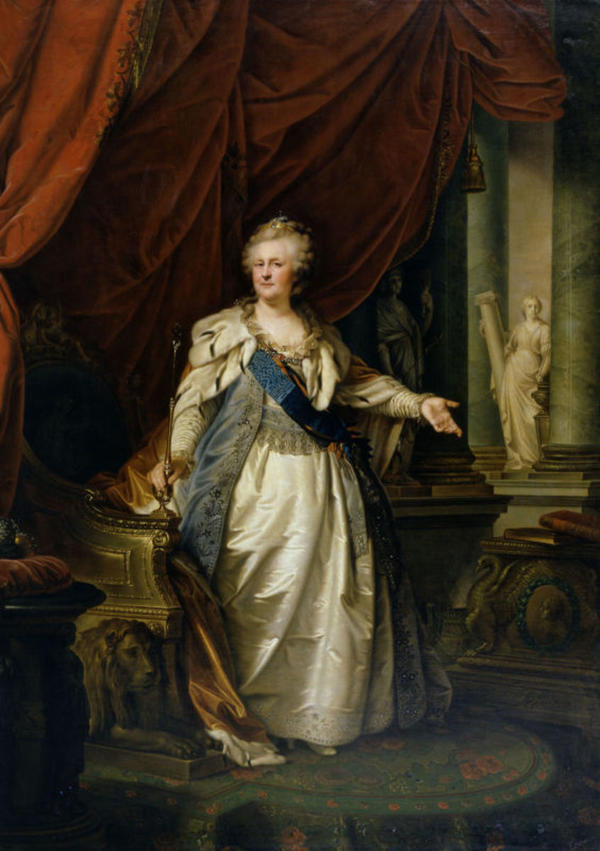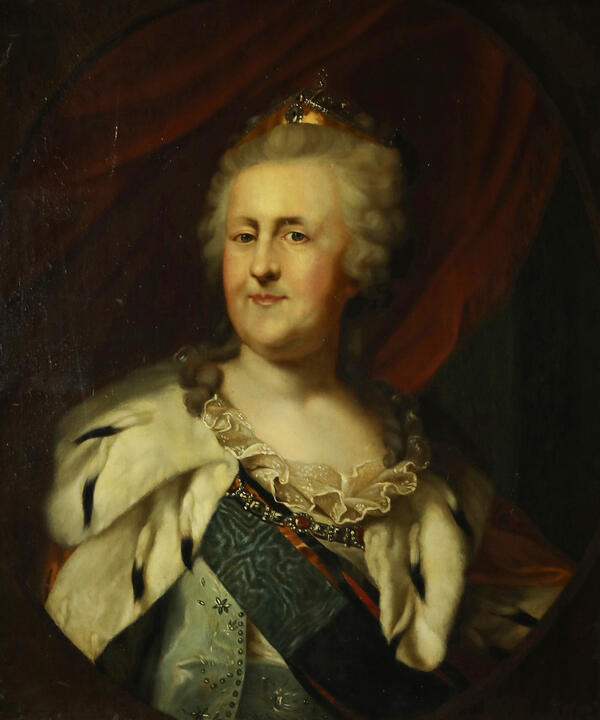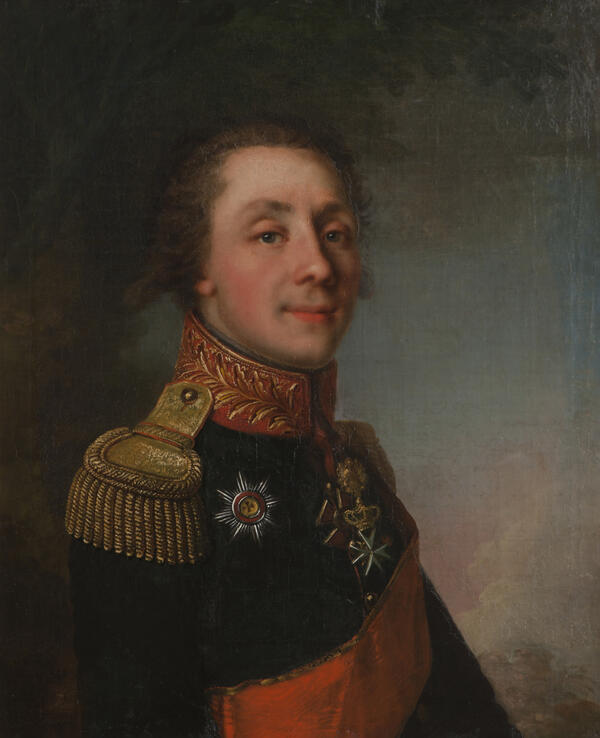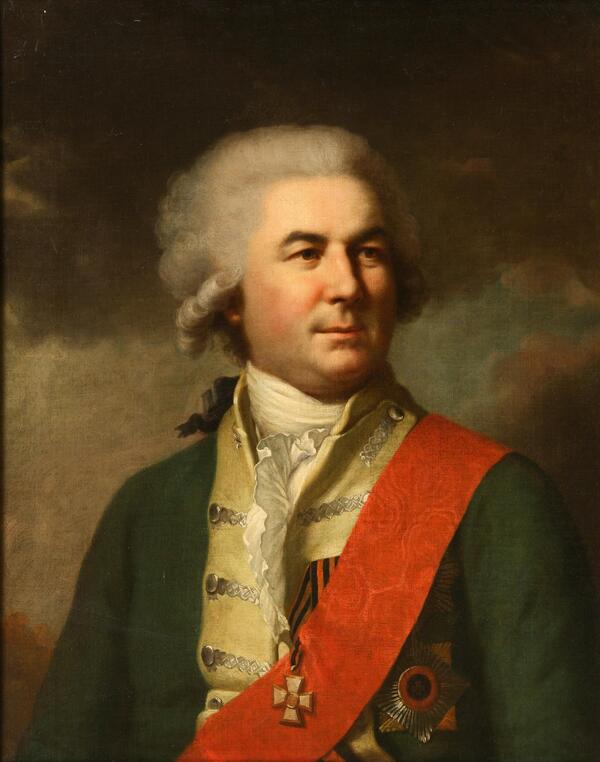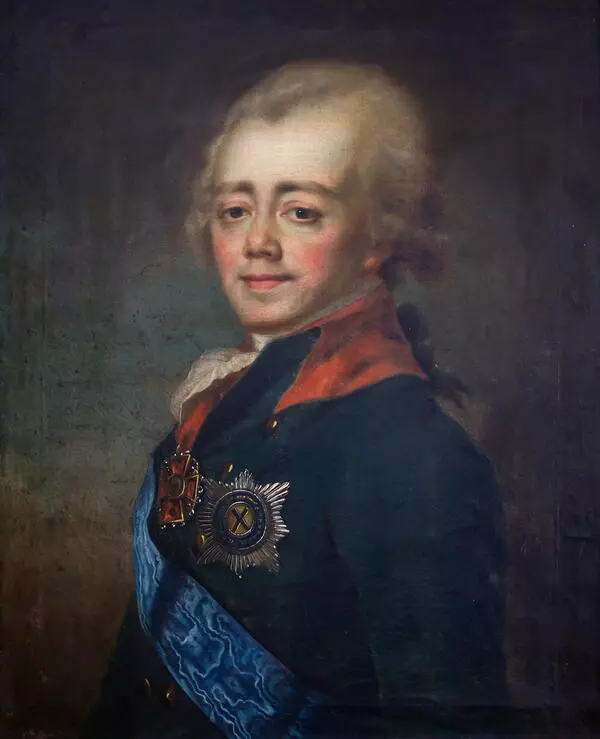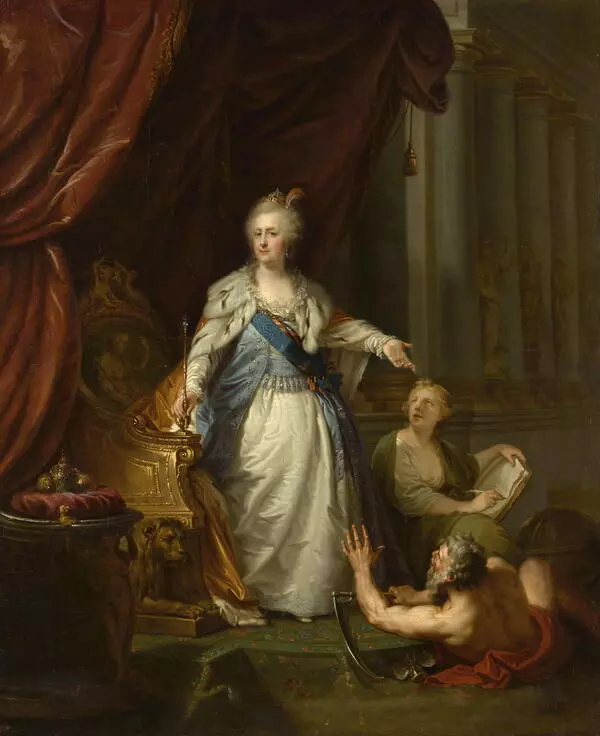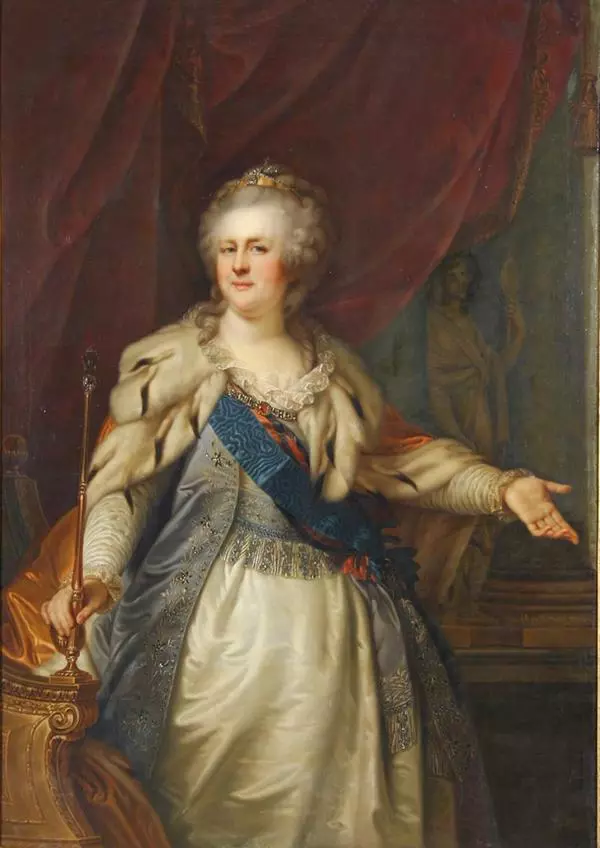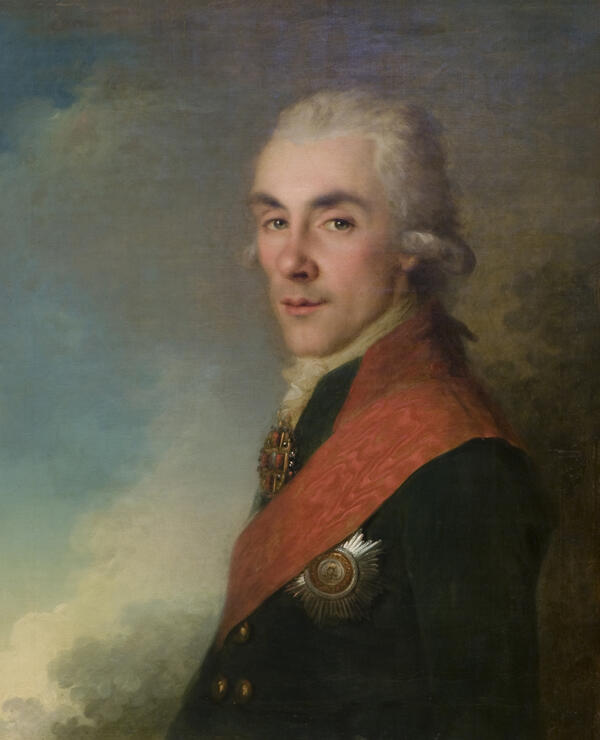From Peter I’s times it was customary in Russia to invite foreign artists to the royal court. Empress Catherine II followed the tradition by inviting Johann Baptist Lampi the Elder, one of the most popular European artists, to her court at the end of the 18th century. The Austrian painter and graphic artist was a recognized master of formal portraiture.
The exhibition features the portrait of Empress Catherine II painted by Lumpy in the 1790s. In formal portraits artists sought not only to convey the physical resemblance, but also to elevate the customer, for example, to represent him or her as a deity. The empress is portrayed full length in the painting, she looks like an ancient goddess descending from Olympus. Catherine cultivated the image of the goddess Minerva. In Roman mythology, she was revered as the goddess of wisdom combining the qualities of a warrior and patroness of arts. The empress was often portrayed as Minerva.
Catherine II’s face looks almost porcelain, her lips are curved in a restrained half-smile. Lumpi managed to effectively present his characters and flatter them without compromising the likeness. Catherine’ light-colour silk dress of is richly decorated. Worn over it are order ribbons carefully painted with special light brushstrokes showing the artist’s exceptional skill.
The bronze lion at the foot of the throne symbolizes the inviolability of imperial power, its strength and might. Catherine II liked to emphasize that she was the successor to Peter I’s ideas. A portrait of Peter is set in a medallion surrounded by laurel leaves, next to it a smoking incense. Nearby is a bronze griffin, part of the Romanovs’ coat of arms of the. Catherine points with her arm to the books containing Russian laws issued during her reign. The magnificent portrait is abundant in details being the artist’s way to emphasize the inviolability of the empress’s power in the era of change and upheaval.
The exhibition features the portrait of Empress Catherine II painted by Lumpy in the 1790s. In formal portraits artists sought not only to convey the physical resemblance, but also to elevate the customer, for example, to represent him or her as a deity. The empress is portrayed full length in the painting, she looks like an ancient goddess descending from Olympus. Catherine cultivated the image of the goddess Minerva. In Roman mythology, she was revered as the goddess of wisdom combining the qualities of a warrior and patroness of arts. The empress was often portrayed as Minerva.
Catherine II’s face looks almost porcelain, her lips are curved in a restrained half-smile. Lumpi managed to effectively present his characters and flatter them without compromising the likeness. Catherine’ light-colour silk dress of is richly decorated. Worn over it are order ribbons carefully painted with special light brushstrokes showing the artist’s exceptional skill.
The bronze lion at the foot of the throne symbolizes the inviolability of imperial power, its strength and might. Catherine II liked to emphasize that she was the successor to Peter I’s ideas. A portrait of Peter is set in a medallion surrounded by laurel leaves, next to it a smoking incense. Nearby is a bronze griffin, part of the Romanovs’ coat of arms of the. Catherine points with her arm to the books containing Russian laws issued during her reign. The magnificent portrait is abundant in details being the artist’s way to emphasize the inviolability of the empress’s power in the era of change and upheaval.

